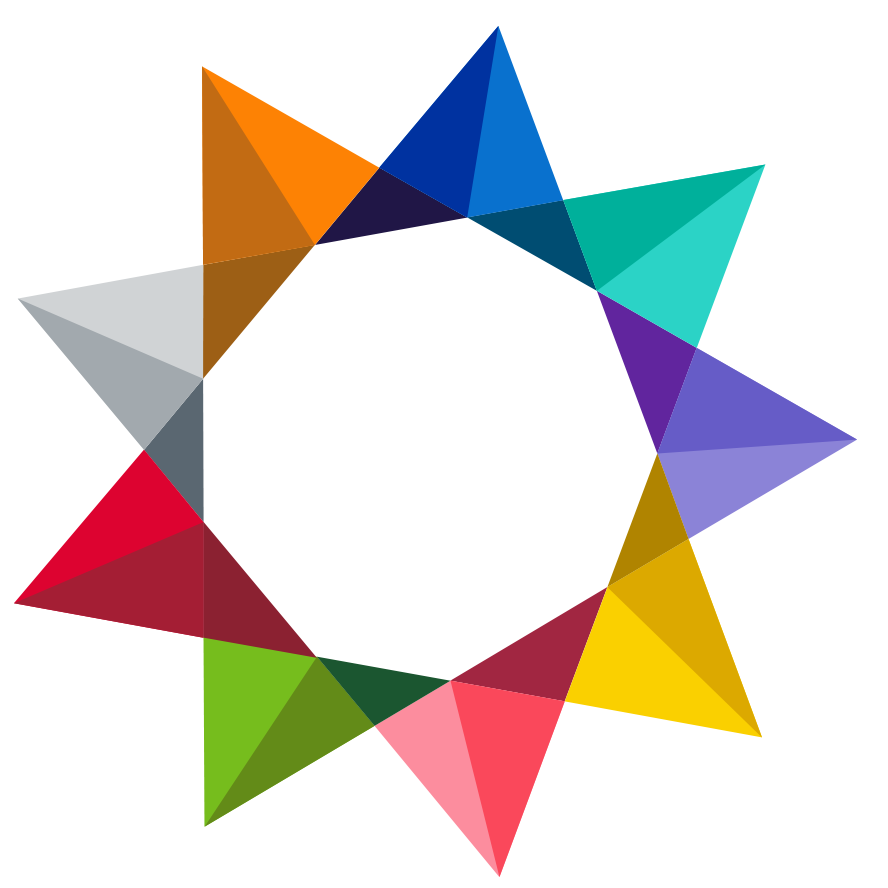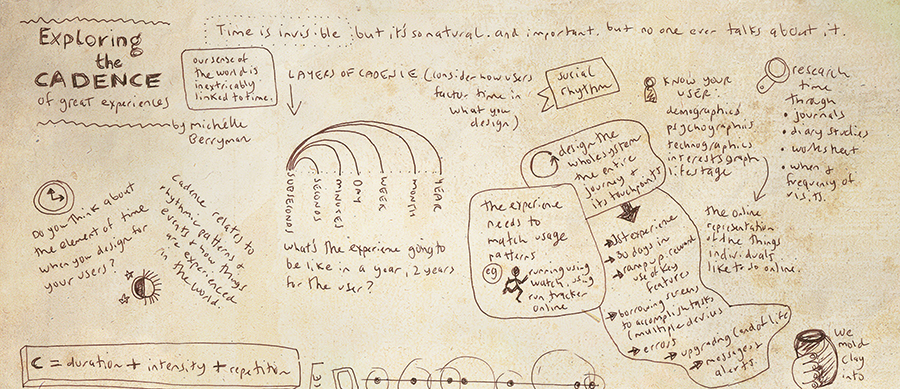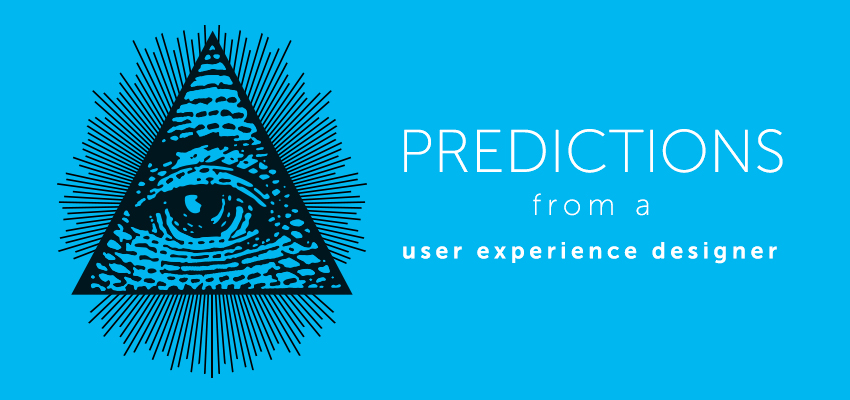Tools and approaches to help CX Designers and Product Owners approach emergent tech projects
Read moreWe can’t solve problems with the same thinking that got you there: Using systems thinking to shift your mindset to unravel complex problems
Learn how to shift your mindset and adopt a different way of thinking in order to unravel complex problems.
Read moreCustomer-centricity is the beacon of innovation
The word innovation has become ubiquitous, sprinkled across websites and mentioned in every boardroom around the world. It seems to me that organisations consider the word itself a panacea to achieve loyal customers and increased revenue; organisations are chasing the wrong beacon.
Read moreUsing Gamestorming to make your workshops fun, engaging and effective!
As a user experience designer, I facilitate many types of meetings of all shapes and sizes: some last an hour and some are lengthy workshops that can run for a day or two. And, like most people, I’ve been through far too many deaths by powerpoint meetings or agenda-less gatherings that engulf hours out of busy schedules. As a result, I’m always looking for ways to make my facilitated gatherings more engaging, goal driven and purposeful.
One of the resources that I keep going back to is the Gamestorming website and book. For those who have yet to discover this serviceable, cornucopia for facilitators, let me introduce you to Gamestorming.
Read moreHack Day Gamestorming with Smart Toys
I admit it. I am fascinated by technical gadgets. I was an early adopter of the iPhone which I had imported to Australia before it was even available to Australians. I’ve been through my fair share of wearables and I love my Apple watch. Our lights at home are controlled by our mobiles and my Withings scale tracks my pulse rate velocity, heart rate and of course my weight.
Unashamedly, I’ve also purchased quite a few tech gadgets for my children’s birthdays, which were really an excuse for me to play as well. However, my goal of instilling my technical passions into my children hasn’t been entirely successful. I find that these toys only hold their interest for about a week and then they start gathering dust on the shelf. The most recent smart toy being the Ozobot Bit.
Read moreDo you think about the element of time when you design for your users?
As humans, our sense of the world is intrinsically linked to time. We guide our lives by calendars and our days by watches. We count-down our existence on earth by birthdays and our achievements through life-stages. We claim that there is never enough time in the day and as we get older life seems to get faster.
Read moreThe Simple Basics of Accessibility Guidelines
Web accessibility isn’t just about helping people with permanent disabilities such as blindness. It’s about providing a good and reliable experience for everyone that uses the web. This includes mobile users, the aging population who is increasingly growing in size, people using old technologies or slower bandwidths and even users with temporary injuries such as a broken finger.
Read moreCreating desirability through emotional connections
Desirability is an intangible value which is created through an emotional connection that taps into the individual’s knowledge, feelings and perceptions. The emotional connection can be conscious, however more often than not, it connects at a subconscious level. Your brain has actually made the decision before you realise it.
Read morePredictions from a Human Centered Designer
I find it almost inconceivable to think that it was less than 200 years ago, that Ada Lovelace wrote the first instructions that would lead the way to the first computer program. It’s mind boggling to think how far humanity has come and my mind wonders in hungry awe at where we are heading. Part of me wishes for eternal life so that I can stay and watch, but unless I take part in some Transhumanistic experiment, I fear that I’m just going to have to miss out!
As I enter the twenty first year of my career as a designer, I’m beginning to ponder and hypothesise about what’s next for design? What new skills will I need to learn? And what kind of challenges will I have to work on?
Read more





